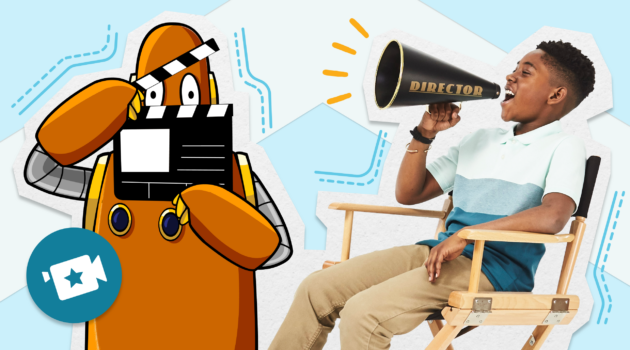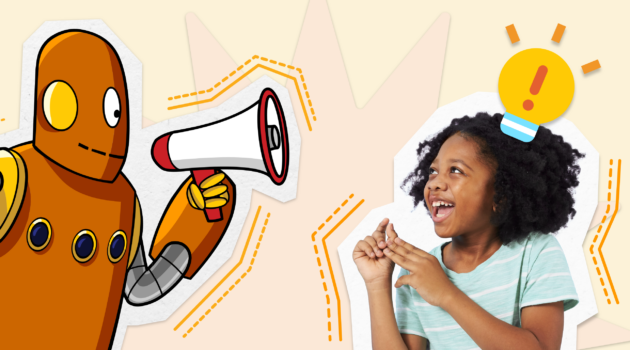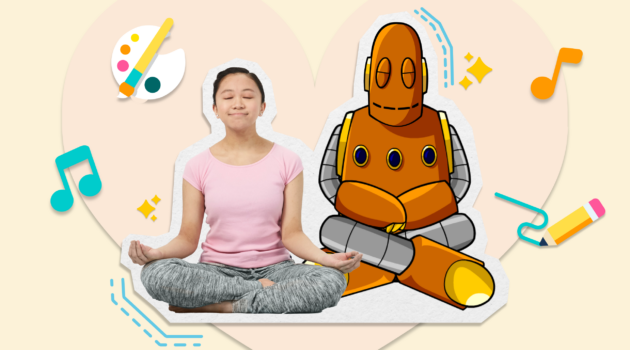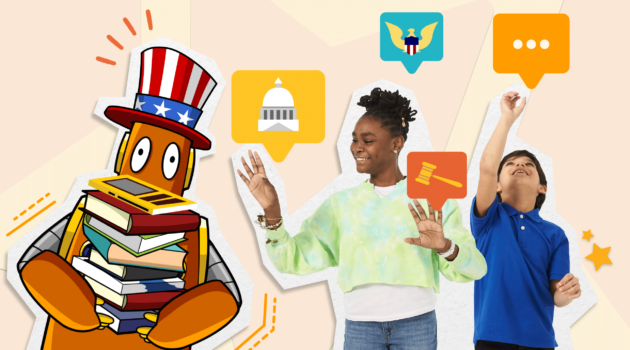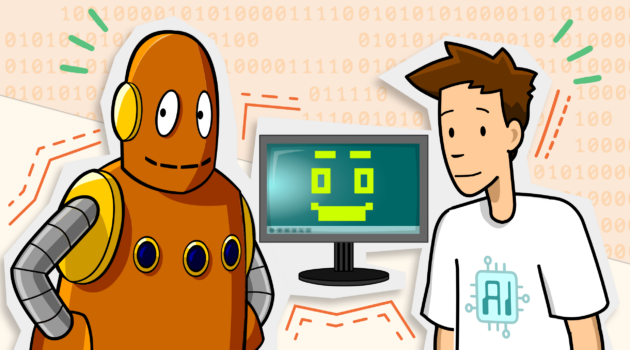Teaching Strategies
Building Background Knowledge Can Help Address Your Biggest Classroom Concerns
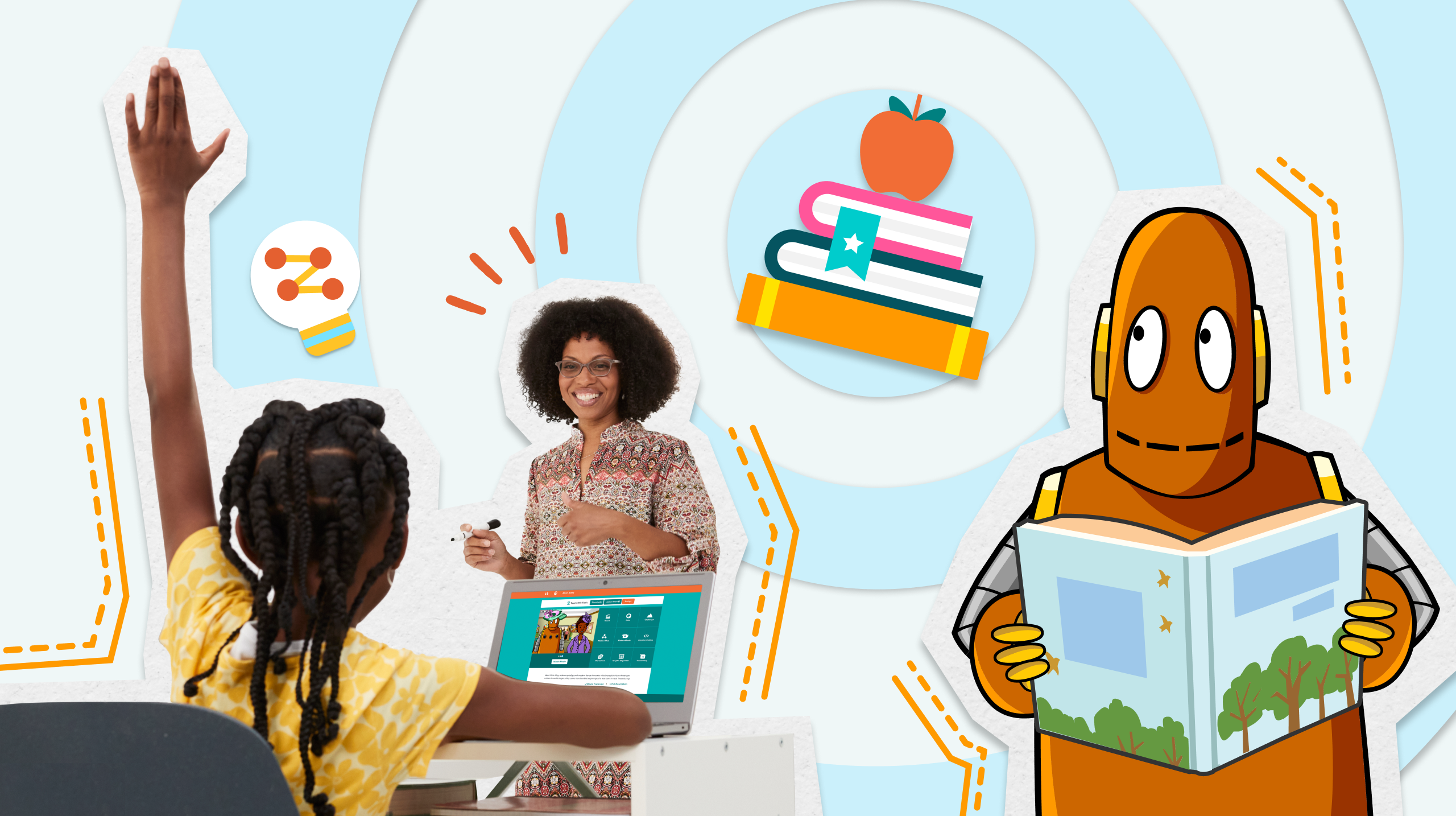
Whether you’re a teacher or administrator, each new day brings on a host of different challenges. But when it comes to the long term, a few priorities remain constant. No matter your curriculum goals, many classrooms share a few of the same big picture goals: increasing literacy scores, creating student engagement, and ensuring assessment readiness. These may seem like three different priorities, each with their own nuances, but one connection that can support each goal is something you may not have considered: background knowledge.
Three common goals, one powerful through line
Background knowledge is a powerful fundamental that can empower any teacher’s instruction and prime students for success–but how can it help you address these bigger classroom goals like literacy, engagement, and assessment readiness? Read on to see!
The support students need for literacy and comprehension
Over the years, the link between background knowledge and literacy skills has become even more evident. “Studies have shown that readers use their background knowledge—vocabulary, facts, and conceptual understanding—to comprehend the text they read.” (Edweek)
Whether students are reading passages in a textbook or solving math problems, their literacy skills are at play. And having background knowledge makes it easier to decipher the texts they’re encountering, no matter the subject. Having strong literacy skills is about much more than just being good readers and writers–these skills are the “tools to make sense of the world and access, understand, and apply new information.” (BrainPOP)
The power of background knowledge is that it can support students’ cognitive processes as a whole. Students have a lighter cognitive load when it comes to deciphering texts, building new knowledge, and practicing critical comprehension skills like:
- Making meaningful connections
- Drawing inferences and making predictions
- Engaging critically with text
Download our guide to boosting student comprehension
Boost student engagement with background knowledge
Research shows that strong student engagement is a big predictor of their achievement. Teachers are often thinking about how to create a fun and active classroom setting for all students, but building background knowledge can shape each students’ personal relationship with learning, making it more interesting and relevant individually.
The power of prior knowledge
While background knowledge is buildable for every student, prior knowledge is set–it’s what every student brings to their learning.
Activating prior knowledge before building new knowledge asks students to draw from what they already know to bridge the gap between what they’re learning. Doing this can naturally inspire more engagement: students feel more ownership over their learning and are more involved in what they’re learning.

Activating prior knowledge is a cornerstone of every BrainPOP product. From the curious letters answered by our characters in BrainPOP 3-8 and BrainPOP Jr to the guiding questions and phenomena that ignite inquiry in BrainPOP Science, our approach to building background knowledge has always been to ignite curiosity and engagement first through prior knowledge.
Take it from us: try a KWL chart to activate prior knowledge in your class! Download our printable version here.
Look for active, engaging ways to build background knowledge.
Building background knowledge can look like many different things–in fact, it can and should be a very active, engaging process.
Consider these strategies laid out by the Universal Design for Learning (UDL) framework for building background knowledge:
Cultivate multiple ways of knowing and making meaning
“Well-designed learning materials and environments incorporate multiple approaches to building knowledge, including but not limited to problem solving, storytelling, algorithms, and holistic and linear thinking.” (Cast.org)
There are many different ways to introduce concepts and build background knowledge for students. With BrainPOP (3-8) or BrainPOP Jr, starting your lesson with a Movie (and Pause Points, available for 3-8) can help you break down even the most complex topics through animation, storytelling, and humor.
BrainPOP Science also offers a variety of resources for students to make meaning. Simulations, Data Manipulatives, Sound Bytes, 3D Worlds are available in every investigation for students to investigate and collect observations from multiple perspectives.
Maximize transfer and generalization
“All learners can benefit from assistance in how to transfer the information they have to other situations, as learning is not about individual facts in isolation.” (Cast.org)
Even after students have learned new knowledge, the process of building background knowledge is not done. In order to make learning stick, they need to transfer their understanding into different representations.
With BrainPOP (3-8), kids can make their own movie to show their learning, create concept maps, or even code a game. And in BrainPOP Science, students gather observations, support their claims with evidence, and synthesize their work into written responses through an embedded Claim-Evidence-Reasoning (CER) process.
Background knowledge: the secret advantage for assessment readiness
You can’t predict exactly what kind of content students will encounter in a testing context, so preparing them with a wide variety of knowledge can help build familiarity and confidence in any scenario.
The main thing is this: the higher amount and wider range of knowledge students have, the more they will be prepared to encounter many different types of texts found in assessments. And building background knowledge in low-stakes environments now, will give them confidence as they go into high-stakes testing environments later.

BrainPOP’s (3-8) enhanced quiz and BrainPOP Science investigations both include auto-graded questions that mirror the question types students encounter in assessments. They are great ways to practice for assessments while building background knowledge.
Building background knowledge is more powerful than you think
Prioritizing ways to actively build background knowledge can make a real difference for students when it comes to their literacy, engagement, and test readiness. Next time you consider your classroom setup, it will be good to ask: do I have the tools and content I need to build background knowledge in fun and engaging ways?
If you’re looking for more resources to build background knowledge, explore and see the power of BrainPOP (3-8) and BrainPOP Jr. topics, or BrainPOP Science investigations. Sign up for a Sneak Peek for 30 days, or try a sample Science investigation.
Jinn Liu is the Creative Manager of Copy and Content at BrainPOP. She has a Bachelor’s in Communications and currently lives in New York City. She is a creator, writer, and lifelong learner.


